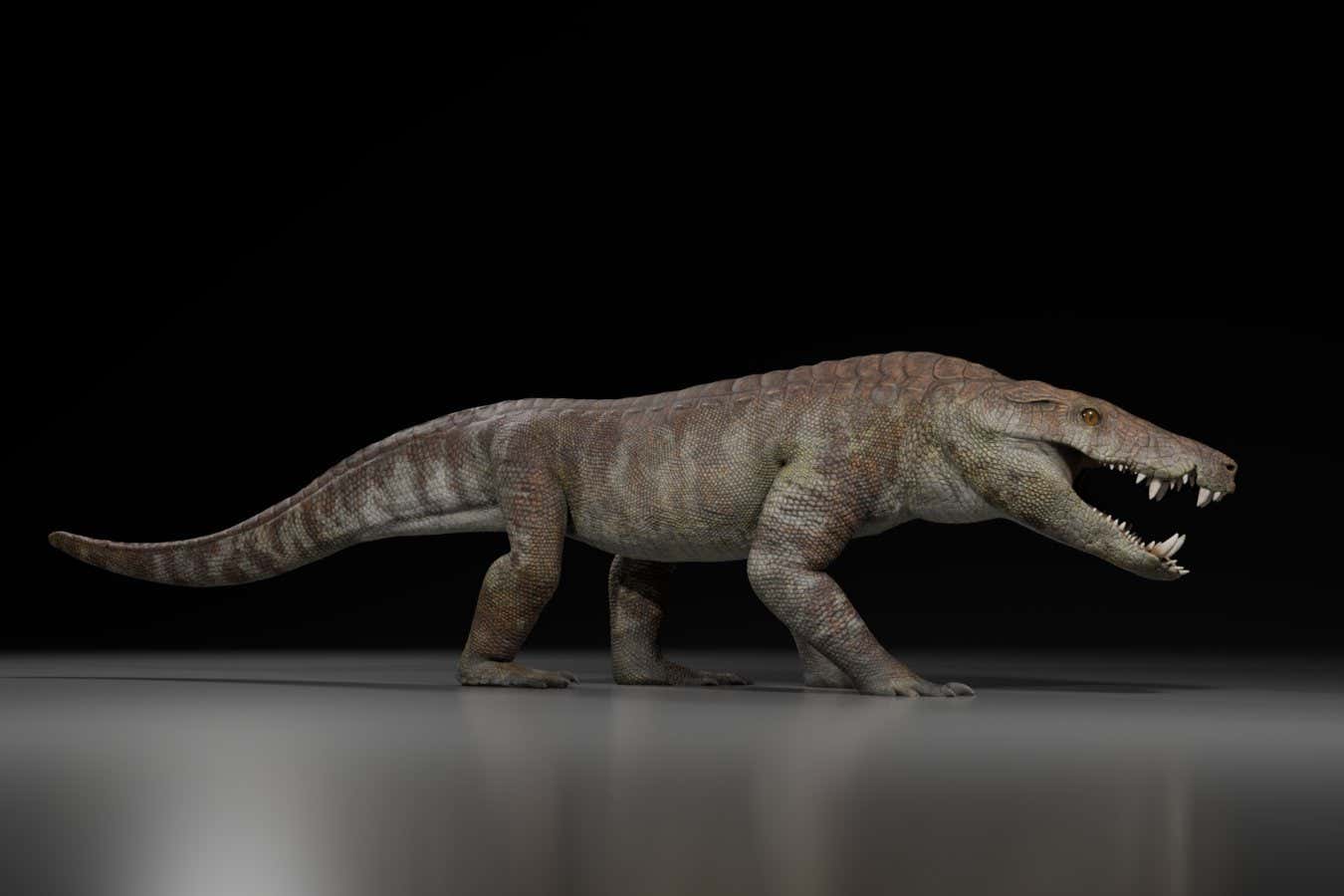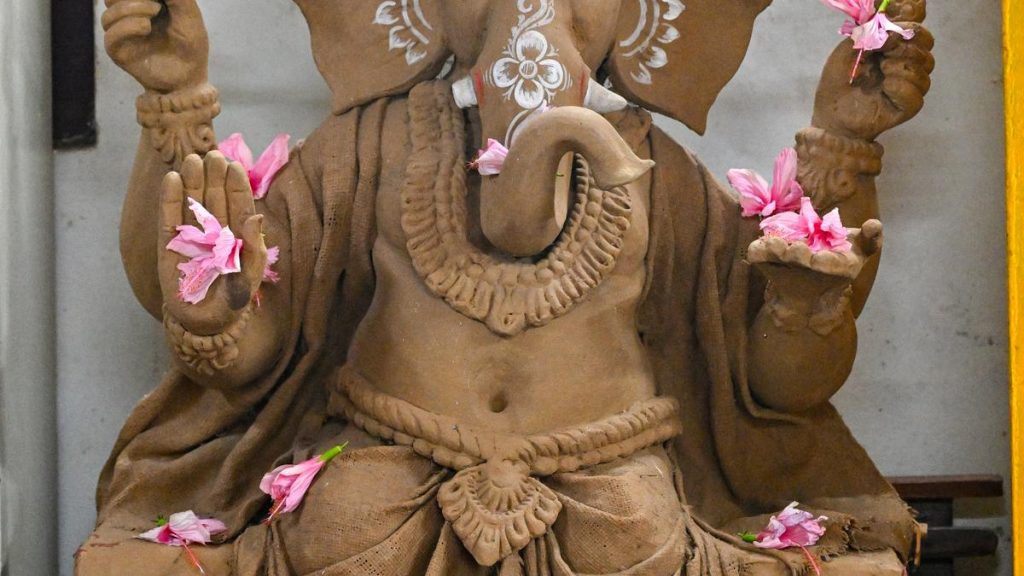Now Reading: Fossil Reveals Ancient Crocodile Relative Capable of Hunting Dinosaurs
-
01
Fossil Reveals Ancient Crocodile Relative Capable of Hunting Dinosaurs
Fossil Reveals Ancient Crocodile Relative Capable of Hunting Dinosaurs

Swift Summary
- A newly discovered fossil from patagonia reveals a crocodile relative, Kostensuchus atrox, that lived 70 million years ago during teh late Cretaceous period.
- This predator measured about 3.5 meters in length, weighed approximately 250 kilograms, and was equipped with over 50 sharp, serrated teeth, some exceeding 5 cm in length.
- The species had steak knife-like teeth for cutting through muscle and bone, suggesting it preyed on medium-sized dinosaurs or othre large animals.
- Unlike modern crocodiles with flat snouts and aquatic adaptations, Kostensuchus featured a robust skull built for powerful bites and elongated limbs enabling more agile movement on land.
- Distinct anatomical features include forward-positioned nostrils unsuitable for underwater breathing and enhanced jaw-closing muscles indicating a formidable bite strength within its ecosystem.
- The genus name derives from the Patagonian wind “kosten” and the Egyptian crocodile god “Souchos,” while atrox means fierce in Greek.
Indian Opinion Analysis
The discovery of Kostensuchus atrox offers interesting insights into prehistoric ecosystems where ancient crocodile relatives coexisted with large dinosaurs as top predators. Its unique adaptations for terrestrial hunting diverge significantly from those of modern-day crocodiles-a reflection of evolutionary adjustment to environmental pressures preceding mass extinction events.
For India, this research underscores the importance of paleontological studies as gateways to understanding ancient biodiversity shifts. India’s richly fossilized terrains-including dinosaur remains-can further contribute to global studies emphasizing adaptive traits across species. Moreover, such discoveries offer potential educational inspiration for domestic initiatives aimed at conservation awareness rooted in ancient ecology.

























